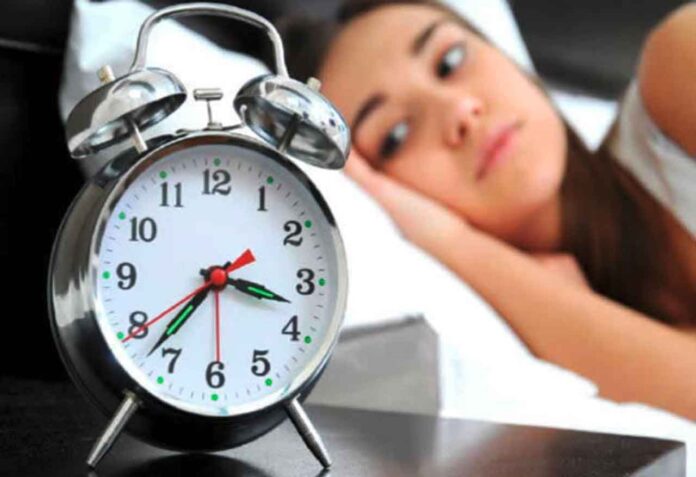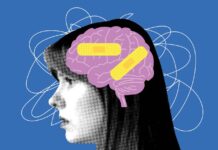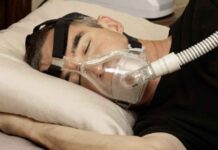Sleep disorders affect millions of individuals worldwide, disrupting their rest and overall well-being. Understanding the various types of sleep disorders is essential for identifying symptoms and seeking appropriate treatment. This article explores five common sleep disorders, shedding light on their causes, symptoms, and potential solutions for better sleep health.
Among these disorders, sleep-disordered breathing, such as sleep apnea, plays a significant role in sleep quality and requires specific interventions for effective management.
Insomnia: Understanding the Most Common Sleep Disorder
Insomnia involves trouble falling asleep, staying asleep, or waking too early, impacting overall health. It can stem from stress, anxiety, depression, medical conditions, or medications and may be acute or chronic. Treatment options include lifestyle changes, cognitive behavioral therapy, and medications to restore healthy sleep patterns and improve well-being.
Sleep Apnea: Breathing Interruptions During Sleep
Sleep apnea is a serious disorder marked by repeated breathing interruptions during sleep, often lasting seconds to minutes. The most common type, obstructive sleep apnea (OSA), occurs when relaxed throat muscles block the airway. Symptoms include loud snoring and daytime sleepiness. Treatment may involve lifestyle changes, CPAP therapy, or surgery.
Narcolepsy: The Challenge of Excessive Daytime Sleepiness
Narcolepsy is a neurological disorder that disrupts the brain’s regulation of sleep-wake cycles, causing excessive daytime sleepiness (EDS) and sudden sleep attacks. Affected individuals may feel an overwhelming need to sleep, despite adequate nighttime rest. Other symptoms include cataplexy (sudden muscle loss), sleep paralysis, and vivid hallucinations. While there’s no cure, treatment options like medications and lifestyle adjustments can help manage symptoms, allowing individuals to maintain productivity and improve overall functioning.
Restless Legs Syndrome: The Urge to Move at Night
Restless Legs Syndrome (RLS) is a neurological condition characterized by an uncontrollable urge to move the legs, often accompanied by uncomfortable sensations. Symptoms typically occur in the evening or at night, making it challenging to relax and fall asleep. The urge to move is often relieved temporarily by movement, such as walking or stretching. RLS can disrupt sleep and lead to daytime fatigue, impacting overall quality of life. Factors that may contribute to RLS include genetic predisposition, iron deficiency, and certain chronic conditions. Treatment options can include lifestyle changes, medications, and addressing underlying health issues.
Parasomnias: Unusual Behaviors During Sleep
Parasomnias are a group of sleep disorders characterized by abnormal behaviors, movements, emotions, or perceptions during sleep. These behaviors can occur during different sleep stages and may include sleepwalking, night terrors, sleep talking, and REM sleep behavior disorder (acting out dreams). Parasomnias can be triggered by stress, sleep deprivation, certain medications, or underlying health issues. While most parasomnias are benign, they can sometimes pose safety risks to the individual or others. Treatment typically focuses on addressing underlying causes, improving sleep hygiene, and, in some cases, medication to reduce episodes and enhance sleep quality.
Understanding the various types of sleep disorders is crucial for identifying symptoms and seeking appropriate treatment. From insomnia to sleep apnea and narcolepsy, each disorder has unique challenges that can significantly impact daily life. By recognizing these conditions, individuals can take proactive steps toward improving their sleep quality and overall health.






